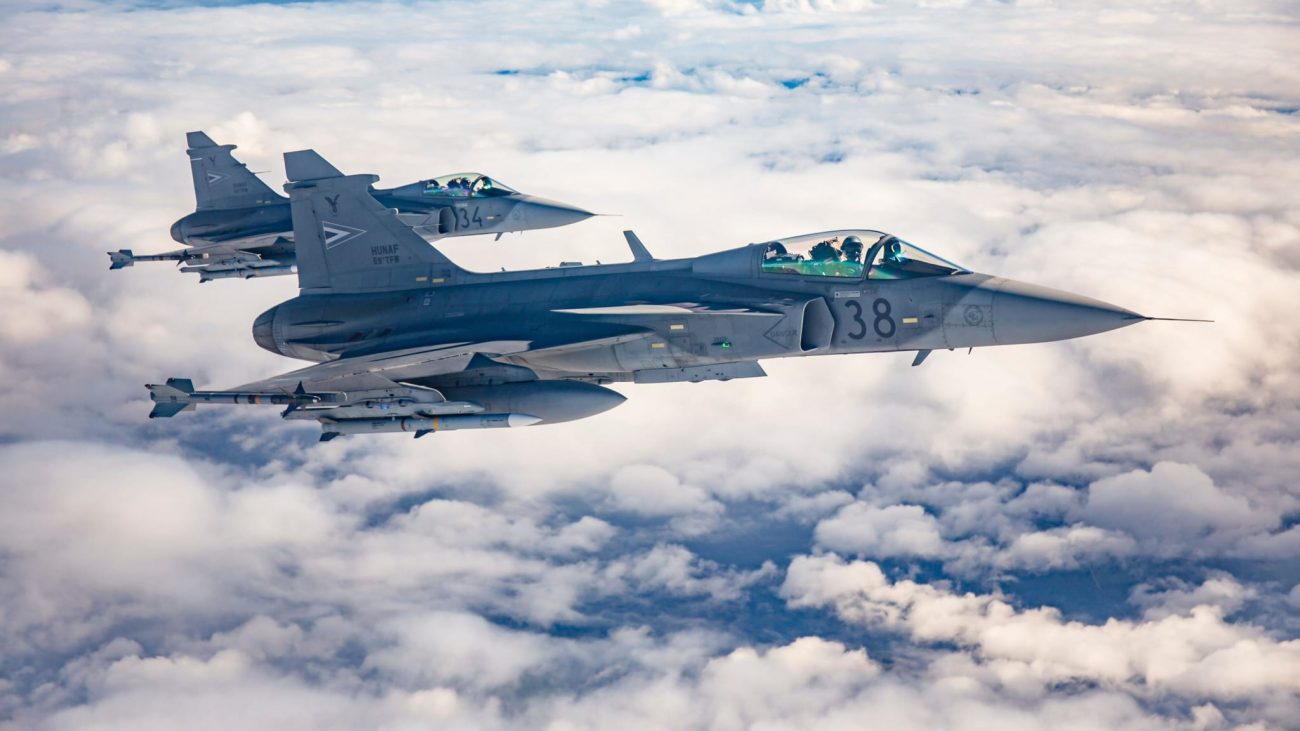The Philippine Air Force (PAF), on June 21, broke ground for the Martin-Baker maintenance, repair, and overhaul (MRO) facility to inspect and maintain the ejection systems of its diverse fighter and attack aircraft, a move that would guarantee the safety of its pilots.
The Martin-Baker MRO facility is being constructed at the Basa Air Base in Floridablanca, Pampanga, PAF, announced in a statement.
The new facility will house some of the PAF’s most sophisticated equipment, including FA50PH light fighter jets, SIAI-Marchetti AS-211 trainer jets, and A-29B Super Tucano training and light attack aircraft.
“Through the MRO facility, the PAF will cater to the supply and distribution of services for the maintenance, overhaul, and repair of egress components of FA-50PH, AS-211, and A-29′ Super Tucano’ aircraft,” Air Force spokesperson Colonel Maynard Mariano said.

The facility will ensure that all PAF assets have a functional egress or ejection system. Pilots can safely eject themselves from faulty or severely damaged aircraft using egress components, often known as ejection systems in Air Force parlance. These are necessary pieces of equipment for pilots of fighter and attack aircraft.
The Martin-Baker MRO facility will also assist the PAF in addressing operational and logistical difficulties affecting aircraft readiness by serving as a one-stop shop for the maintenance, repair, and overhaul of ejection system components.
Martin-Baker’s Dominance in Market
Aircraft technology has advanced significantly since the Germans developed the first spring-powered ejection seats during World War II. However, limited companies have engaged in seat production and testing. The market has primarily been controlled by airplane Original Equipment Manufacturers and specialized seat companies.
The major manufacturers are in the United States (Collins Aerospace), the United Kingdom (Martin Baker), Russia (NPP Zvezda), China (Aerospace Life-support Industries), and the Czech Republic (Aero Vodochody Aerospace and Zlin Aircraft).
Regarding market dynamics, the UK-based company Martin-Baker, the most dominant supplier, holds slightly more than half of the market. The Chinese manufacturer primarily controls the domestic market, while the Czech businesses only provide seats for out-of-production aircraft.
Martin-Baker offers a wide range of seats, from Mk.10 to Mk.18 (previous types are no longer in use), which are frequently highly tailored for a specific aircraft and are considered the best in class.
The most advanced fighters, such as the F-35, European fighters, like the JAS-39 Gripen and Eurofighter Typhoon, and training aircraft, like the L-39NG or Italian M-346, all are equipped with the Martin Baker’s seat. Even India’s domestically built Tejas fighter jets employ Martin-Baker ejection seats.

The business is deservedly regarded as the market leader in ejection systems, having saved 7,677 lives since its first seats were introduced.
On the other hand, the F-15, F-16, F-22, or B-2 aircraft all have the US Collins seat known as ACES. The ACES seats also had great success due to the F-15 and F-16’s popularity.
Russian seats, like the K-36 from the Zvezda firm, gained popularity after inadvertent ejections during dramatic air show disasters in the early 1990s and continue to be the only option for all Russian aircraft.
The Martin-Baker seats have substantially influenced the design of the Chinese HTY-5 seats, which are currently utilized in several F-7 fighters and indigenous fighters. The Czech seat VS-2 is exclusively used in the L-159 type, as its subsonic nature and unique logistics footprint make it less appealing to other plane manufacturers.
Influencing The Market
Martin-Baker has such a stronghold in the market that it has repeatedly blocked Argentina from purchasing fighter jets.
In the past decade, Argentina’s efforts to purchase aircraft, including the Saab Gripen from Sweden and later the FA-50 trainer/light fighter from South Korea, were thwarted by British pressure.
Both aircraft are equipped with Martin-Baker ejection seats.

Agustin Rossi, Argentina’s then-defense minister, announced in 2014 that his country planned to purchase 24 Gripen fighters from Sweden. The radar and ejection seat, which make up about 30% of the Gripen’s parts, are British-made.
In 2015, Saab ruled out assisting the sale of a Gripen to Argentina and stated that it was not involved in any discussions to have the aircraft’s British-origin components removed.
Similarly, Korea Aerospace Industries (KAI), a South Korean aircraft manufacturer, informed the Argentine embassy in October 2020 that the UK’s arms embargo blocked it from offering the F/A-50 trainer/light fighter.
Indian LCA Tejas and Chinese/Pakistani JF-17 fighter jets also use Martin-Baker seats, making them almost ineligible for the Argentian deal.
- Contact the author at ashishmichel@gmail.com
- Follow EurAsian Times on Google News




